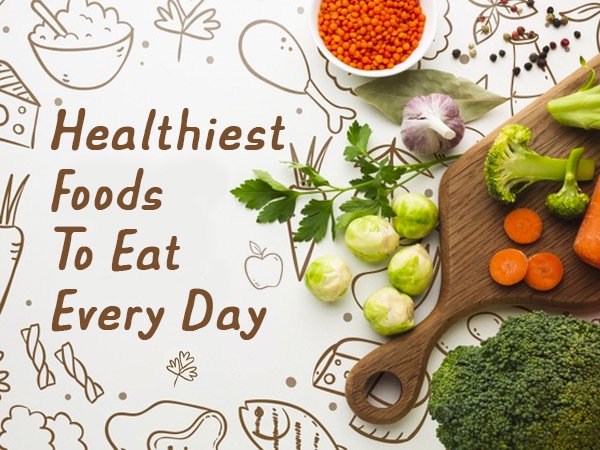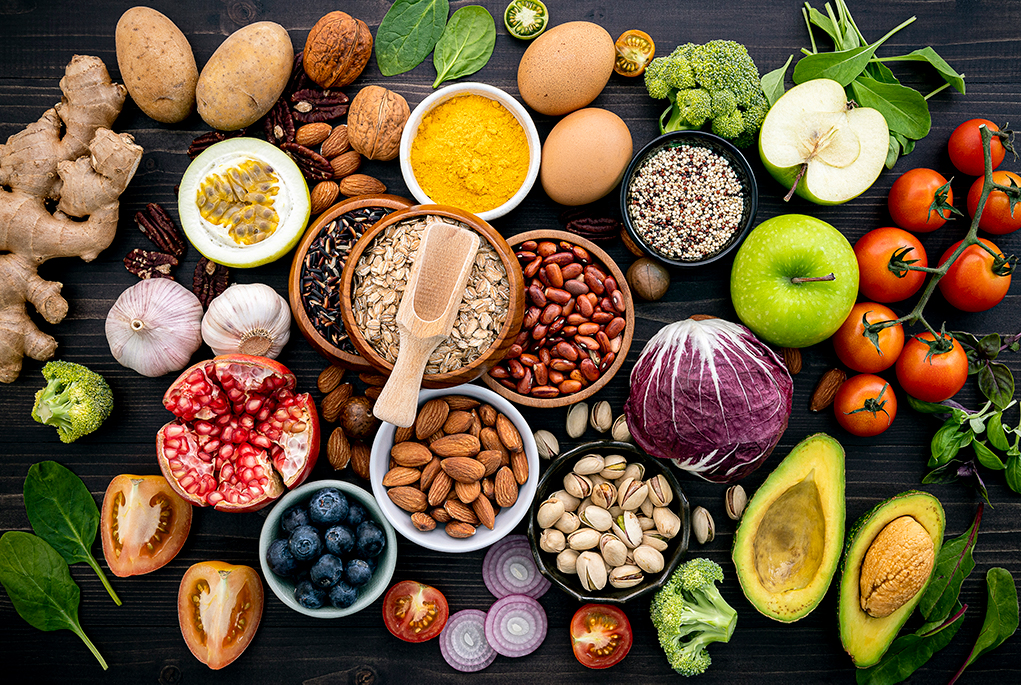
The Whole30 diet is a way to reset your metabolism and cleanse your digestive tract. You can't eat junk food, store-bought foods, or dairy products. There are still plenty of vegetables and fruits that you can eat, which is a good alternative to fast-food. There are also recipes for healthy snacks. These tasty and nutritious treats are easy to make without sacrificing the flavor you love.
The Whole30 diet allows you to eat various kinds of fruits, veggies, and fats. You don't need to eliminate all of these foods from the Whole30 diet, but you do have to be careful about which ones you avoid. The Whole30 website provides a list of prohibited and allowed foods. You can also download the free chart, which you can print, save to your phone, or stick in your wallet.
Although you cannot eat packaged foods, you can find them in stores that sell them. Even though these foods technically comply with Whole30, the Whole30 list doesn't allow them. It encourages people to eat more unprocessed and natural foods, such as fruits, nuts, and seed. Although you will be eating more vegetables, there won't be as much processed meat. Make sure you read all labels.

A whole 30 plan encourages you to eat more vegetables than you might normally. They are higher in nutrients and fiber. While Whole30 doesn't allow you to eat cowboys ribeyes for 30 consecutive days, vegetables are an excellent source of fiber as well as minerals. However, you shouldn't count on fruit as a staple in your diet, since fruits are high in natural sugar. A lot of people don't even realize that they're eating too much sugar.
You can eat as many vegetables and fruits as you want but you won't be allowed to eat potatoes on the whole30 diet. While you'll be able to eat vegetables and fruit without restriction, you will need to make sure you don't consume too much red meat and processed cheese, as these are common triggers for bloating. But even though you may have to buy these items from a grocery store that carries them.
Other Whole30-friendly foods include eggs and fish. Although you can add them to your salads or stir-fries with them, be careful not to overeat them. They can be eaten in moderation, provided you select the right types of food. While you may not be allowed to eat chocolate, you can still enjoy almond butter and carrots. Additionally, almond butter and vegetable liquid can be consumed in moderation.
The Whole30 diet may not work for everyone. However, it can help you detoxify and lose weight. It's also a great way to start eating better and feel better. There are a few things you need to know before you try it. You should eat the foods as often as you can if you aren't sure what to include.

Coconut oil can also be used to fry bananas or plantains. This is allowed on Whole30. Coconut oil can be used to fry plantains and bananas, but avoid overripe bananas. Avocados are an excellent addition to the Whole30 diet. They can be used to curb your cravings. It's best to stick to it for a few weeks to see the benefits of the Whole30 diet.
The Whole30 program is a great way of changing bad eating habits. You can avoid sugar and processed food. Your body can feel good by eating whole, unprocessed foods. You don't have to weigh yourself or count calories. Whole30 can be performed without these restrictions. However, you need to make sure you aren't experiencing any side effects when you do Whole30.
FAQ
Why should we have a healthy lifestyle to begin with?
Healthy lifestyles lead to happier and longer lives. Good nutrition, exercise regularly, good sleep habits, stress management and healthy lifestyle can help you avoid heart disease and stroke.
A healthy lifestyle helps us cope better when we are faced with everyday stresses. A healthy lifestyle will help us feel more confident and younger.
How to measure bodyfat?
A Body Fat Analyzer will give you the most accurate measurement of body fat. These devices measure the body fat percentage in people who wish to lose weight.
What can you do to boost your immune system?
The human body is composed of trillions if not billions of cells. These cells work together to form organs and tissues that perform specific functions. Another cell takes its place when a cell dies. Chemical signals, called hormones, allow cells to communicate with each other. Hormones regulate all bodily processes, from growth and development to metabolism and immunity.
Hormones are chemical substances that glands secrete throughout the body. They travel through our bloodstream and act as messengers, controlling how our bodies function. Some hormones are produced within the body while others are externally manufactured.
Hormone production occurs when hormone-producing cells release their contents into your bloodstream. Once hormones are released they move through the bloodstream until they reach their intended organ. In some cases, hormones remain active only for a short period of time. Some hormones remain active for longer periods of time and can continue to have an impact on the body's function long after they are gone.
Some hormones are made in large quantities. Some hormones are produced in large quantities.
Some hormones are only produced at certain times in your life. Estrogen is one example. It's produced in puberty, pregnancy and menopause. Women can get estrogen to build breasts, prevent osteoporosis, and keep their bones healthy. Estrogen promotes hair growth, and skin stays soft and smooth.
How do you get enough vitamins?
Your diet can provide most of your daily requirements. Supplements are available if you are deficient. You can purchase a multivitamin that includes all of the vitamins you need. You can also purchase individual vitamins at your local drugstore.
Talk to your doctor to find out which foods are rich in vitamins. For example, dark green leafy vegetables such as spinach, broccoli, kale, collard greens, turnip greens, mustard greens, bok choy, romaine lettuce, arugula, and Swiss chard are rich in vitamins K and E. Other good sources include oranges, tomatoes, strawberries, cantaloupe, carrots, sweet potatoes, pumpkin, and squash.
Ask your doctor if you're not sure how many vitamins you should take. Based on your medical history and your current health, your doctor can recommend the correct dosage.
What is the difference in a virus and bacteria?
A virus is a microscopic organism which cannot reproduce outside of its host cell. A bacterium can be described as a single-celled organism which reproduces by splitting in two. Viruses are very small (about 20 nanometers) while bacteria are larger (up to 1 micron).
Viruses spread easily through contact with infected bodily tissues, such as saliva and urine, semen, vaginal secretions or pus. Bacteria can easily be spread from direct contact to contaminated surfaces and objects.
Viral infections can also be introduced to our bodies by a variety of cuts, scrapes or bites. They can also be transmitted through the eyes, nose, mouth, ears, rectum, and anus.
Bacteria can enter the body through wounds. They can also get into our bodies via food, water or soil.
Viruses and bacteria both cause illness. Viruses cannot multiply in their host cells. They only cause disease when they infect living tissue.
Bacteria can multiply within their hosts and cause illness. They can invade other areas of the body. Antibiotics are needed to eliminate them.
Exercise: Good for immunity or not?
Exercise is good for your immune systems. Exercise boosts the production of white blood cells, which can fight off infections. Your body also removes toxins. Exercise can help prevent heart disease and cancer. It also reduces stress levels.
But, too much exercise can lead to a weakening of your immune system. When you exercise too hard, your muscles will become sore. This can lead to inflammation and swelling. The body then needs to make more antibodies to fight infection. These extra antibodies can lead to allergies or autoimmune disorders.
So, don't overdo it!
How do I count calories?
You might wonder, "What's the best diet for me?" or "is counting calories necessary?" It depends on many factors such as your current health, personal goals, preferences, and overall lifestyle.
The Best Diet For Me - Which One Is Right For You?
My personal health, goals and preferences as well as my lifestyle determine which diet is best for me. There are many diets available, some good and others not so good. Some are better for certain people than others. What should I do? How do I make the right decision?
These are the questions this article will answer. It begins by briefly describing the various diets available today. Next, we'll discuss the pros and cons for each type of diet. Then, we will discuss which diet is the best.
Let's start by taking a look at the various types of diets.
Diet Types
There are three main types. Low fat, high proteins, and ketogenic. Let's discuss them briefly below.
Low Fat Diets
A low-fat diet reduces the amount of fats you eat. This is done by reducing your intake of saturated oils (butter, cream cheeses, etc.). It is possible to replace these saturated fats with unsaturated ones (olive oil or avocados). A low fat diet is often recommended for those who want to lose weight quickly and easily. However, this kind of diet may cause problems such as constipation, heartburn, and indigestion. Vitamin deficiencies can also occur if the person doesn't get enough vitamins through their diet.
High Protein Diets
High protein diets restrict carbohydrates in favor of proteins. These diets usually have higher amounts of protein than other diets. They are meant to help build muscle mass and burn more calories. They may not be able to provide sufficient nutrition for people who need it. They can also be very restrictive so they may not be suitable for everyone.
Ketogenic Diets
Ketogenic diets also go by the name keto diets. They are high in fat, moderately high in protein and low in carbohydrates. These foods are popular among athletes and bodybuilders as they allow them to train harder, longer and without becoming tired. They do require strict compliance to avoid any side effects like fatigue, headaches, nausea, and headaches.
Statistics
- The Dietary Guidelines for Americans recommend keeping added sugar intake below 10% of your daily calorie intake, while the World Health Organization recommends slashing added sugars to 5% or less of your daily calories for optimal health (59Trusted (healthline.com)
- Extra virgin olive oil may benefit heart health, as people who consume it have a lower risk for dying from heart attacks and strokes according to some evidence (57Trusted Source (healthline.com)
- In both adults and children, the intake of free sugars should be reduced to less than 10% of total energy intake. (who.int)
- WHO recommends reducing saturated fats to less than 10% of total energy intake; reducing trans-fats to less than 1% of total energy intake; and replacing both saturated fats and trans-fats to unsaturated fats. (who.int)
External Links
How To
How to Live a Healthy Lifestyle
A healthy lifestyle is one in which you are able maintain your weight and health. It's a way of living that includes eating well, exercising regularly, getting enough sleep and avoiding harmful substances such as alcohol, caffeine, tobacco, drugs, and so on. A healthy lifestyle can help you feel confident and fit. In addition, a healthy lifestyle reduces your risk of chronic diseases like heart disease, stroke, diabetes, cancer, osteoporosis, arthritis and many others.
The goal of this project is to give a step by step guide on how to live healthier lives. The introduction of the project was the first. This describes what a healthy lifestyle looks like, why it is important, and who it is. Next, I wrote the body paragraphs. These include tips and tricks for maintaining a healthy lifestyle. The conclusion summarizes the article and offers additional resources if necessary.
I was able to learn how concisely and clearly I could write my paragraphs through this assignment. Additionally, I learned how organize my thoughts into topic sentences and supporting information. Furthermore, I was able to improve my research skills by being able to identify specific sources and correctly cite them. I learned proper grammar to write.